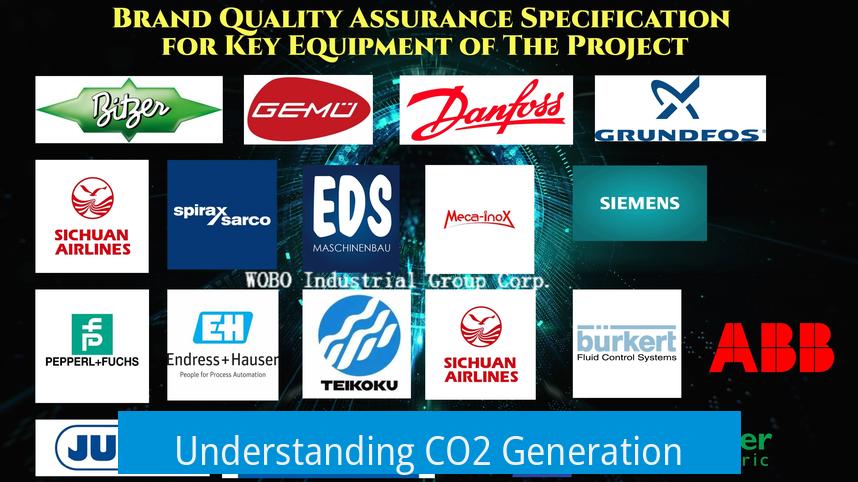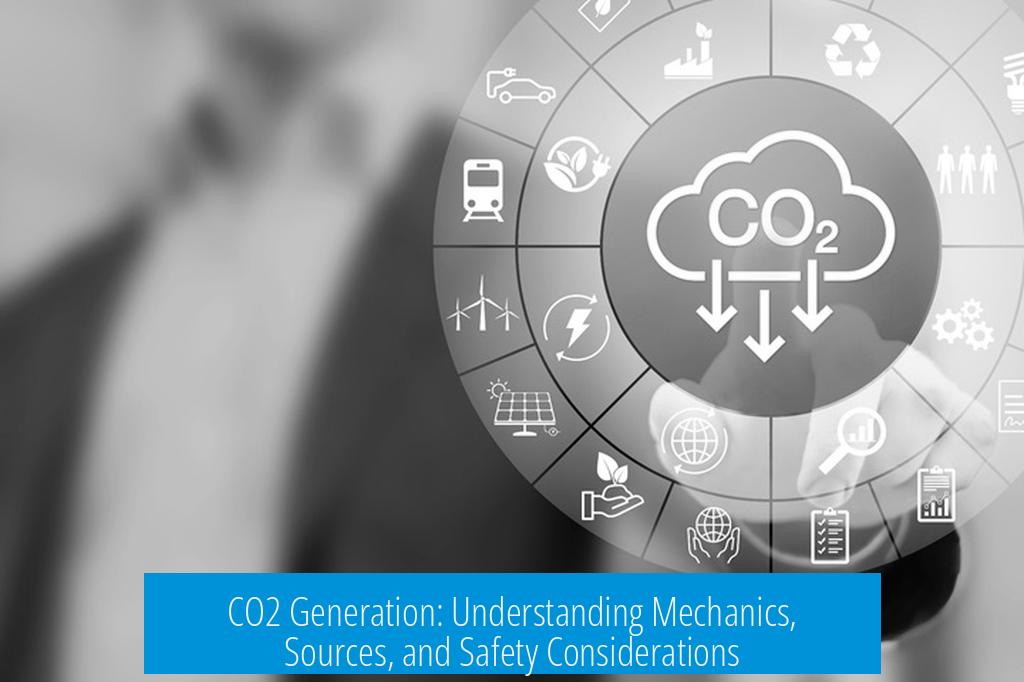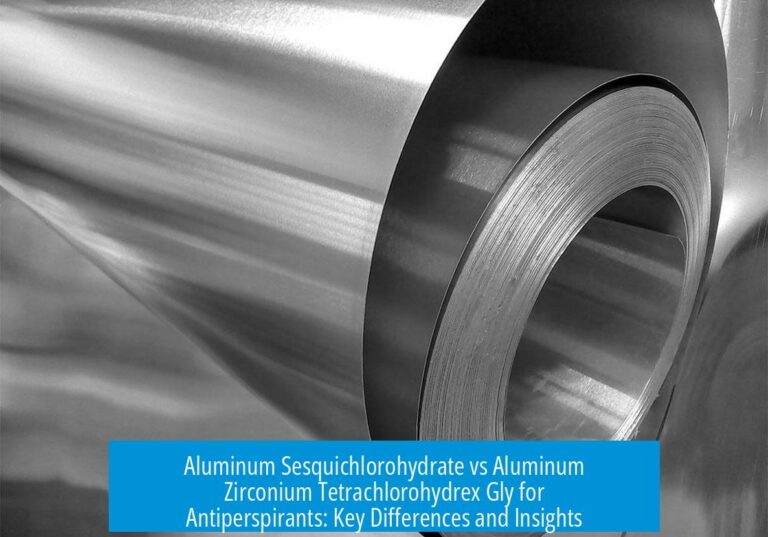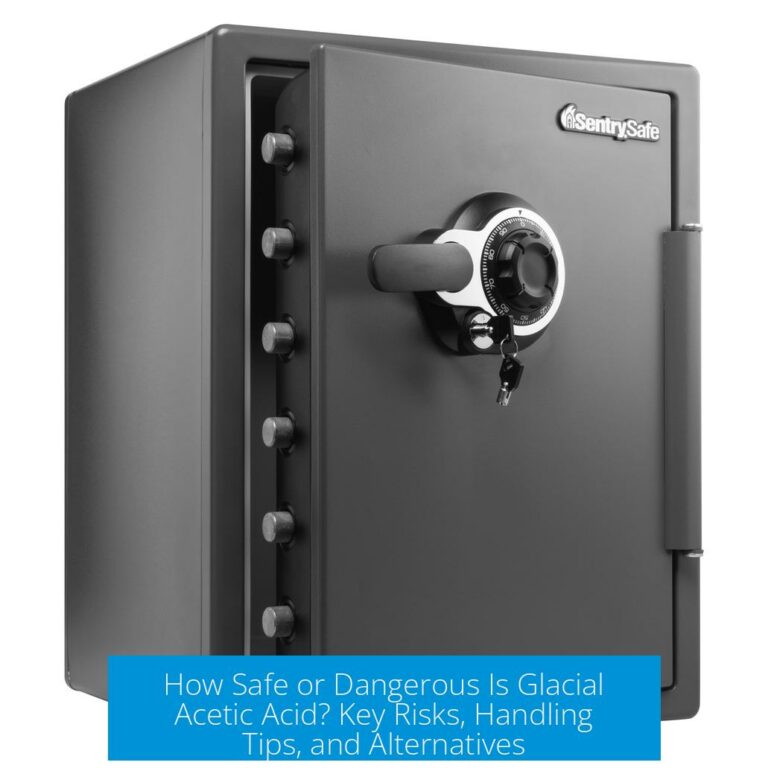Understanding CO2 Generation

CO2 generation involves controlled chemical reactions or the use of pressurized sources to produce carbon dioxide gas for various applications. The process can be continuous or batch-based depending on the setup and desired output.
Continuous CO2 Generation Mechanics
To maintain a steady flow of CO2, the key is to continuously mix reactants and remove any byproducts. This prevents the buildup that limits container capacity and interrupts gas production. Without this, CO2 generation becomes inconsistent and short-lived.
Chemical Reactions Producing CO2
A common reaction involves citric acid and bicarbonate ions. The two combine to release CO2 gas slowly because citric acid dissolves gradually. The recommended mix ratio is about 2 parts citric acid to 1 part bicarbonate by weight. This slows the reaction rate, providing more controlled CO2 output.
Recommended CO2 Sources for Aquariums
The most reliable CO2 source for aquarium use is a compressed CO2 cylinder. It delivers consistent and controllable CO2 levels, supporting plant photosynthesis and aquatic life. Chemical generation methods may lack steady control and create unwanted residues.
Safety Considerations in CO2 Generation
Handling chemicals for CO2 production requires caution. Avoid using concentrated acids, such as 30% acetic acid, to prevent hazards. Proper protective equipment and ventilation are necessary when working with reactive substances.
Chemical Notation Clarification
It is important to distinguish the correct chemical formula. “CO2” refers to carbon dioxide, with capital letters indicating carbon and oxygen atoms. Note that “Co2” (with a lowercase “o”) incorrectly suggests a cobalt compound, which does not exist.
Key Takeaways
- Continuous CO2 generation requires constant reactant mixing and byproduct removal.
- Citric acid and bicarbonate react to produce CO2 slowly at a 2:1 weight ratio.
- Compressed CO2 cylinders are preferred for aquarium applications.
- Avoid using strong acids like 30% acetic acid due to safety risks.
- Use the correct notation “CO2” for carbon dioxide to avoid confusion.
What is the best way to ensure a steady flow of CO2 generation?
Continuous CO2 generation requires mixing chemicals steadily and removing byproducts. This prevents container overflow and keeps CO2 flow consistent over time.
Which CO2 source is recommended for aquarium use?
Compressed CO2 cylinders are the best choice for aquariums. They offer reliable and controllable CO2 supply for plant growth and fish health.
How does the citric acid and bicarbonate reaction work for producing CO2?
Citric acid dissolves slowly, causing a slow reaction with bicarbonate. The recommended ratio is about 2 parts citric acid to 1 part bicarbonate by weight. This provides a gradual CO2 release.
Are there safety concerns with using acids for CO2 generation?
Yes. Strong acids like 30% acetic acid are dangerous and should be avoided. Handle all chemicals carefully and follow safety guidelines.
What is the correct chemical notation for carbon dioxide?
The right formula is CO₂, with all letters capitalized except the subscript two. “Co₂” refers to a non-existent cobalt compound.





Leave a Comment